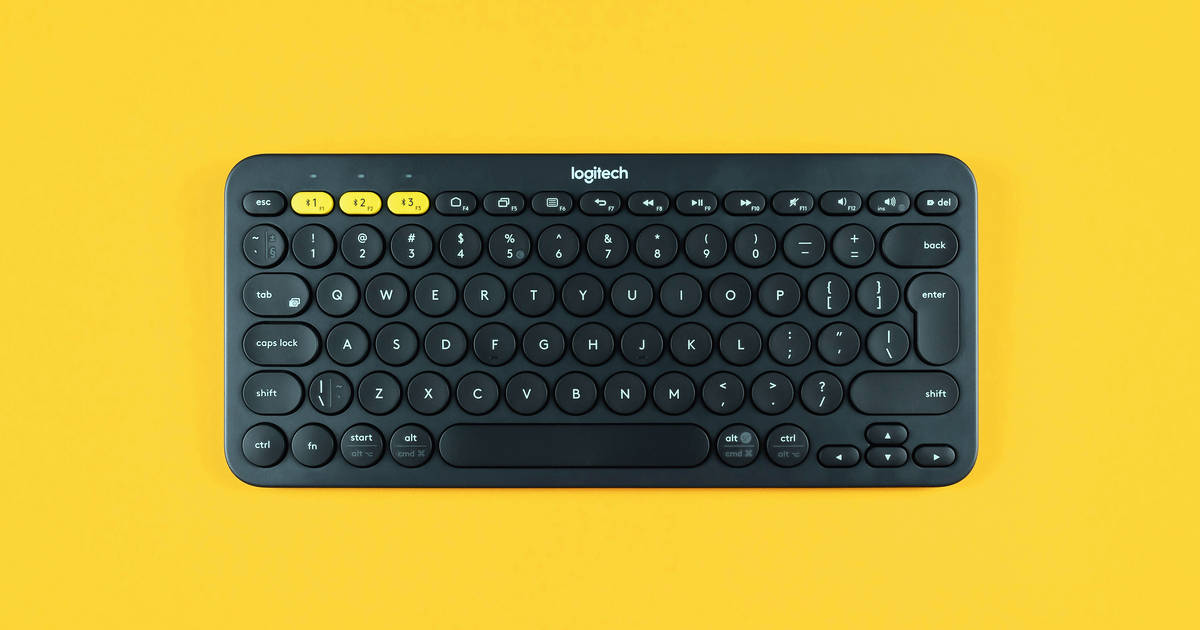Micro-Attention – Improve SEO Rankings By Lowering Cognitive Load
 Ken Nowak
Ken Nowak
Image: Micro-Attention – Improve SEO Rankings By Lowering Cognitive Load
Micro-attention are short bursts of focused user attention [that] lowers cognitive load [leading to] higher CTR and ATP [and] improve search engine rankings.
Search engines, such as Google and Bing, collect data about how users interact with the search engine result page (SERP), and the destination websites. These datasets are used as ranking factors, included in a [search engine ranking algorithm].
What Is Micro-Attention?

Image: What Is Micro-Attention?
The human brain’s ability to process information requires mental effort. Mental effort causes cognitive load.
Micro-attention are short bursts of focused user attention that a user can give, with low mental effort, causing low cognitive load. Its short duration allows it to process small pieces of information quickly and in a way that feels “easy”.
The maximum duration of [micro-attention bursts] vary between few seconds to a couple of minutes. It is determined by facets such as a user’s personal interest in the topic, device used to consume the content, and distractions.
Micro-attention strategies are very common. For example, dividing long texts with images is a known method that utilized micro-attention to make content easier to consume and lower the risk that users abandon the page.
Better SEO Rankings By Adapting To Micro-Attention

Image: Better SEO Rankings By Adapting To Micro-Attention
Micro-attention consistently predict and affect how users interact with the SERP and websites. Predictability means that SEO strategies can be adapted to produce higher rankings. Producing higher rankings is the goal of SEO strategy implementations.
Information that is divided into segments that are within the temporal length of [micro-attention bursts] are more easily interpreted, absorbed and retained, lowering the cognitive load. Lowering cognitive load increases the users capacity to continue consuming the content.
Information with these attributes is more likely to attract clicks in search engines, raising the CTR (Click-Through-Rate); and keep the user on the website longer, raising the ATP (Average-Time-on-Page). Higher CTR and higher ATP improve search engine rankings.
The concept of micro-attention is a tool for SEO agencies to determine the optimal length of short information that conveys a message without being cognitively overwhelming. A message that is cognitively overwhelming increases the risk that the user will ignore a search result, or exit a website, even if the information served is what the user seeks.
Contexts Where Micro-Attention Particularly Important

Image: Contexts Where Micro-Attention Particularly Important
- Search Engine Results: Users scan snippets to find the most relevant links quickly.
- Social Media: Brief posts, tweets, and headlines to capture attention when scrolling fast.
- Notifications: Pop-up notifications on devices for immediate attention and quick understanding.
- Advertisements: Short, impactful ads to convey key messages in a few seconds.
Google, the world’s leading search engine, sets its featured snippet length based on estimated user micro-attention. This length is 150-160 characters for desktop and 100-120 characters for mobile. Featured snippets often provide concise answers within 40-50 words.
Impact On SERP And Website Interactions

Image: Impact On SERP And Website Interactions
SERP Engagement:
- Quick Decisions: Users quickly scan SERP entries to decide which links to click. This behavior is driven by micro-attention, where the focus lasts only long enough to gauge relevance.
- Snippets and Titles: Effective titles and meta descriptions that quickly convey the content’s value can capture this fleeting attention, increasing the likelihood of a click.
Website Browsing:
- First Impressions: Upon entering on a website, users decide within a few seconds whether to continue browsing. A clear, engaging introduction and easily navigable layout are effective ways to convince the user to stay.
- Content Skimming: Users don’t read websites, they “skim” content, focusing on headings, images, and bullet points. Structuring content to facilitate quick understanding enhance engagement and reduce bounce rates.
Content Interaction:
- Interactive Elements: Incorporating interactive elements like videos, clickable infographics, and short polls capture and extend micro-attention spans.
- Segmented Information: Breaking down information into smaller, digestible pieces allows users to quickly absorb content without overwhelming cognitive load.
Optimizing SERP and Website Interactions for Micro-Attention

Image: Optimizing SERP and Website Interactions for Micro-Attention
Optimize for Featured Snippets:
- Direct Answers: Crafting content that answers specific questions directly and concisely can help capture featured snippet spots in SERPs, immediately drawing user attention.
Clear and Compelling Metadata:
- Title Tags and Meta Descriptions: Write clear, informative, and engaging titles and descriptions to improve click-through rates from SERPs, leveraging micro-attention to drive traffic.
Visual Appeal and Readability:
- Use of White Space: Adequate white space improves readability and reduces visual clutter, helping users focus on key information.
- Visual Content: Images, videos, and infographics can quickly communicate complex information and keep users engaged longer than text alone.
- Visual Content as Divider: Images used to divide long text prevent reader fatigue and make the content more likely to be read in full.
Responsive and Fast-Loading Design:
- Speed Optimization: Fast-loading pages lower the risk of frustration. Frustration lowers micro-attention capacity making the user less likely to wait for slow content to load.
- Mobile Optimization: Ensure the site is responsive on mobile devices, where users are more likely to have shorter attention spans.
Content Hierarchy and Navigation:
- Logical Structure: Organize content logically with clear headings and easy-to-follow layouts to help users find information quickly.
- Sticky Navigation and Back-to-Top Buttons: These tools help users navigate large pages and multi-page sites more effectively, accommodating short attention spans.
Use of Call-to-Action (CTA):
- Immediate CTA Placement: Place CTAs prominently and early on pages to capitalize on micro-attention before it wanes, encouraging quick actions like signing up or purchasing.
Psychological Factors Influencing Micro-Attention

Image: Psychological Factors Influencing Micro-Attention
Cognitive Load:
- The human brain prefers to minimize cognitive load by processing smaller, more manageable chunks of information quickly.
- Micro-attention aligns with this preference by delivering concise, easily digestible content.
Attention Economy:
- In the digital age, attention is a valuable commodity, and information is often designed to capture it quickly and efficiently.
- Micro-attention is a response to the high demand for rapid information processing and decision-making.
Instant Gratification:
- Users seek immediate answers and gratification, favoring content that provides quick, clear, and relevant information.
- Short snippets and summaries cater to this need, enhancing user satisfaction and engagement.
Temporal Length of Micro-Attention

Image: Temporal Length of Micro-Attention
The temporal length of micro-attention varies depending on facets such as:
Content Type:
- Text: Users might shorter bursts of attention on text, particularly if it’s dense or lacks engaging elements.
- Multimedia: Videos, infographics, and interactive elements hold attention for longer periods compared to plain text.
- Visual Layout: Content that is visually appealing and well-organized sustain attention longer than cluttered or poorly designed pages.
User Interest:
- High Interest: If the user finds the content highly relevant or interesting, they engage for longer periods of time.
- Low Interest: Conversely, if the content is not immediately engaging or relevant, users give it a brief glance before moving on.
Context and Environment:
- Device Used: Micro-attention spans vary based on whether the user is on a desktop, tablet, or mobile device. Mobile users have shorter attention spans due to the nature of on-the-go browsing.
- External Distractions: External distractions, such as background noise or multitasking, shorten the duration of micro-attention.
Purpose of Interaction:
- Informational Needs: Users looking for specific information give more focused attention until they find what they need.
- Casual Browsing: Users casually browsing social media or news sites have shorter bursts of attention, quickly scanning for something that catches their interest.
Content Accessibility:
- Ease of Access: Content that is easy to access and navigate sustain attention longer. Complicated navigation or slow-loading pages deter users quickly.
- Readability and Clarity: Well-written, clear, and concise content maintain user attention longer than content that is difficult to read and understand.
User Goals:
- Task-Oriented: Users with a specific task or goal in mind (e.g., researching a topic or making a purchase) focus longer to achieve their objective.
- Leisurely Browsing: Users engaging in leisurely browsing exhibit shorter attention spans as they quickly move from one piece of content to another.
Concept of micro-attention, content creators, marketers, and UX designers can optimize information delivery to better capture and maintain user engagement in a fast-paced digital landscape.
Subscribe to my newsletter
Read articles from Ken Nowak directly inside your inbox. Subscribe to the newsletter, and don't miss out.
Written by
